Robot Food creates 'cult-like' branding for sustainable cleaning products
As a sustainable cleaning brand, Cleancult had its heart in the right place. But it wasn't connecting with shoppers in a meaningful way. So Robot Food stepped in to revamp its branding, visual identity and packaging design.
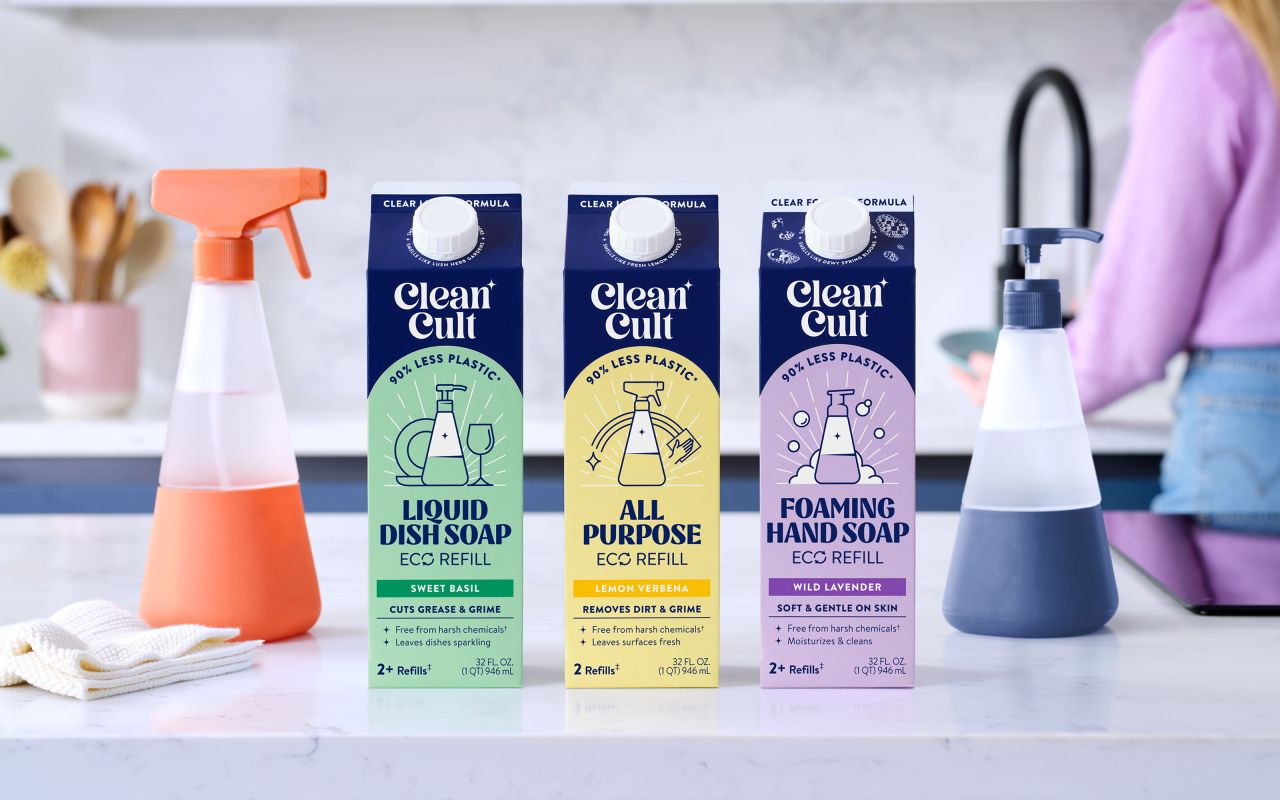
We all want to do our bit for the planet. But at the same time, we're pushed for time in the supermarket and don't necessarily have time to read product packaging carefully. So how do you get cut-through on busy shelves without making your tone seem hectoring and 'goody-goody'?
Strategic branding agency Robot Food's work for US-based sustainable cleaning brand Cleancult offers a great example of how to do it right.
Whilst the Cleancult brand name was strong, Robot Food found it wasn't connecting with consumers. The identity needed to rally Cleancult's audience whilst effectively communicating their innovative approach to renewable packaging, clean ingredients, trustworthiness, and efficacy.
And that meant spurring the audience into following a product, not just buying it.
Research and Strategy
Through initial interviews with key Cleancult stakeholders, Robot Food found that while the brand name was strong, it wasn't doing what it set out to.
"The intention behind the name was to create a following – to feel like something people wanted to get on board with," explains Natalie Redford, senior creative strategist at Robot Food. "The problem was that, while their USP made them super different, it still wasn't connecting with consumers. We needed to make them care about the cause".
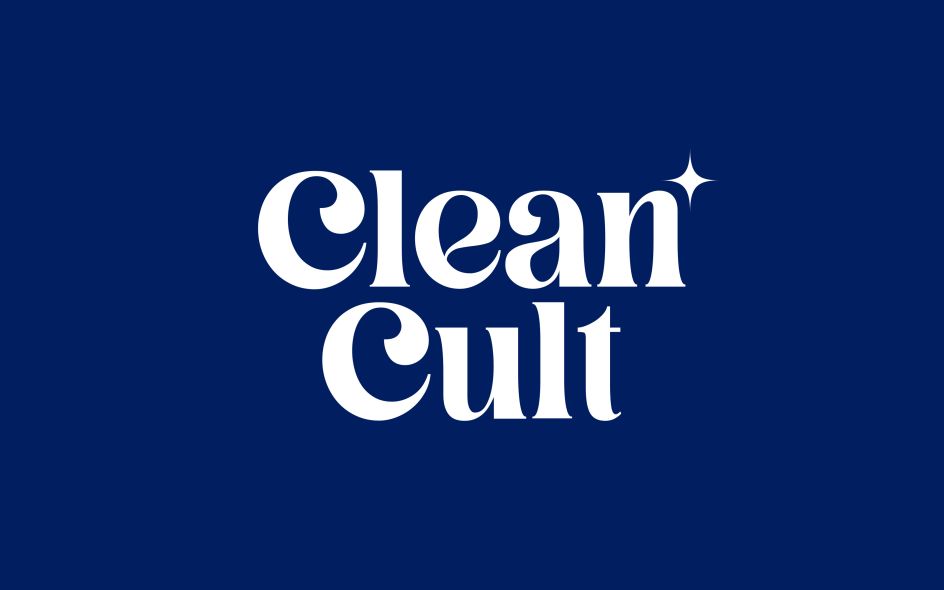
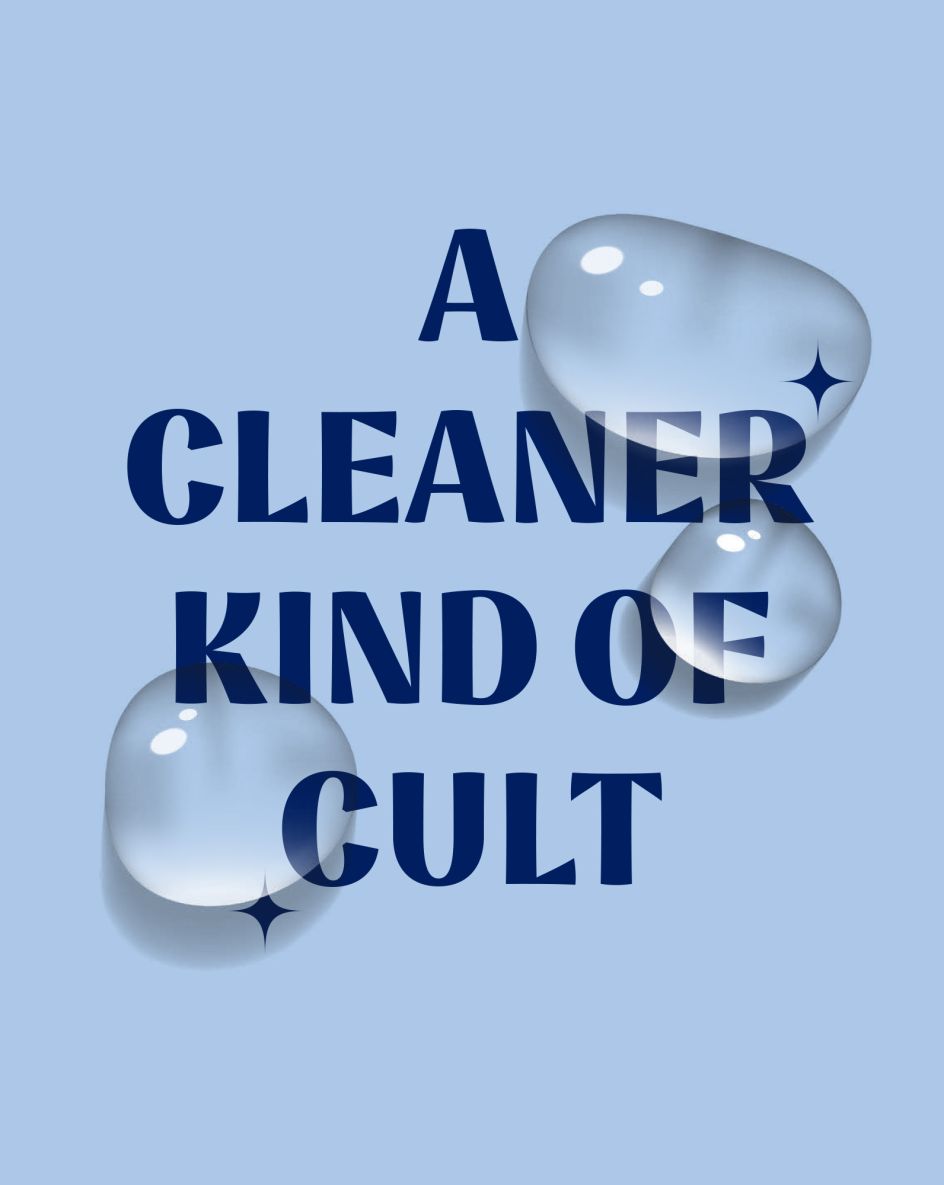
Cleancult's target audience is predominantly those looking to adopt greener behaviours and consumers seeking a premium, affordable option with a counter-worthy aesthetic for the design-conscious.
The new designs, therefore, had to look great whilst effectively communicating their sustainable positioning, clean ingredients, trustworthiness, and efficacy.
Creative concept
Robot Food's identity for the brand centres on the creative concept of a 'Cult of Clean'. This positions the brand as a movement for change while helping its 'followers' protect their homes as well as the planet.
"With cleaning products, one way or another, it can feel like you have to make a sacrifice – between conventional and natural, eco-friendly and tough on germs; lemony freshness versus dried-out hands," explains Jess Cook, client director at Robot Food.
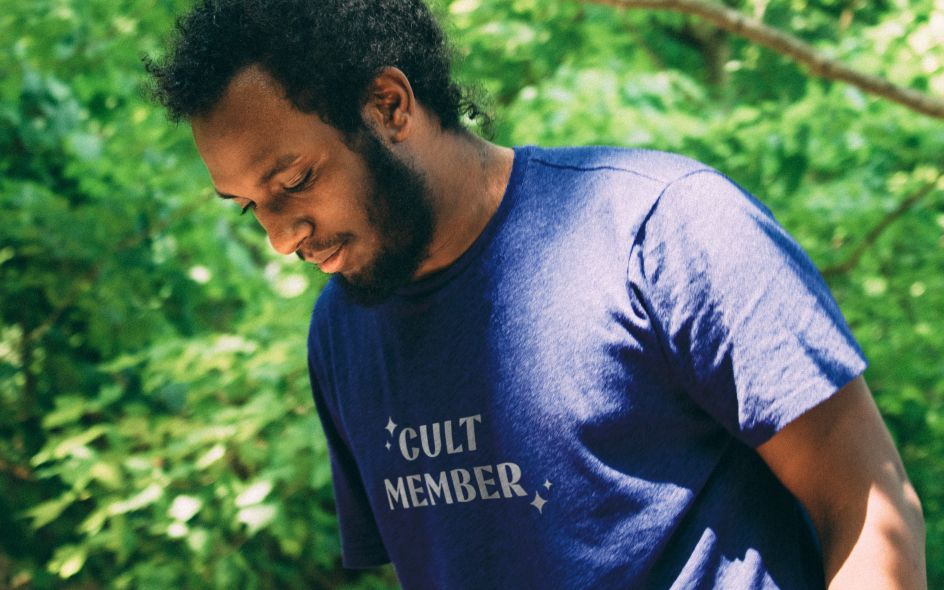
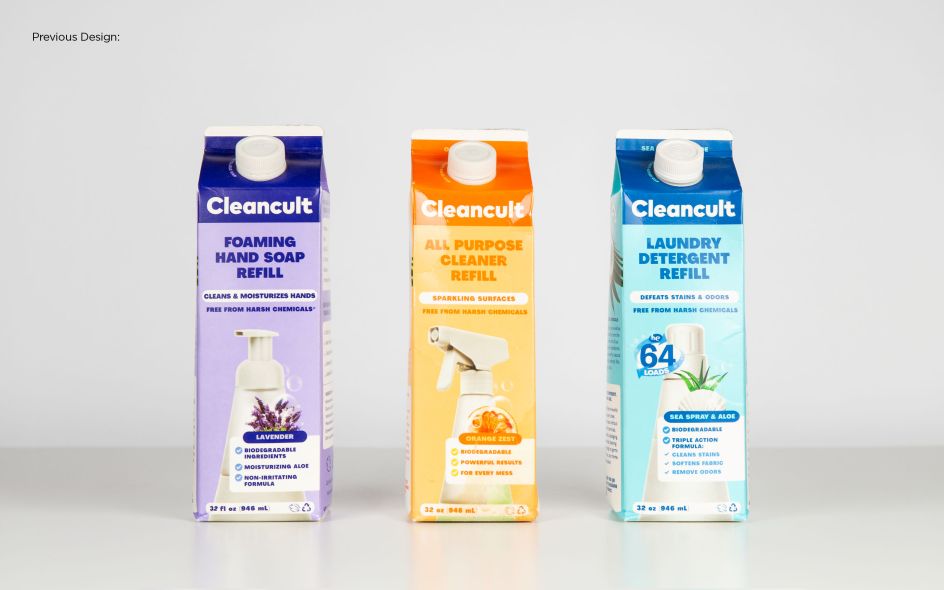
"We wanted to show Cleancult as the full solution: something we can trust without fearing we've made the wrong choice for ourselves or the planet. People need to know what's in it for them and feel reassured that they're doing the right thing."
Name and brand mission
The new branding leans playfully into the 'cult' of the name, using various graphic devices such as the symbols and a distinctively ornate logotype.
To avoid any trickier connotations of the word, Robot Food had to make clear the brand's main mission – to convert consumers from using plastic into a sustainable paper-based refill system – and reassure them this is a product that's safe and actually works.
The tone of voice takes the role of the magnetic 'cult leader', building a following through playful, tongue-in-cheek copy that's underscored with a harder-hitting message.
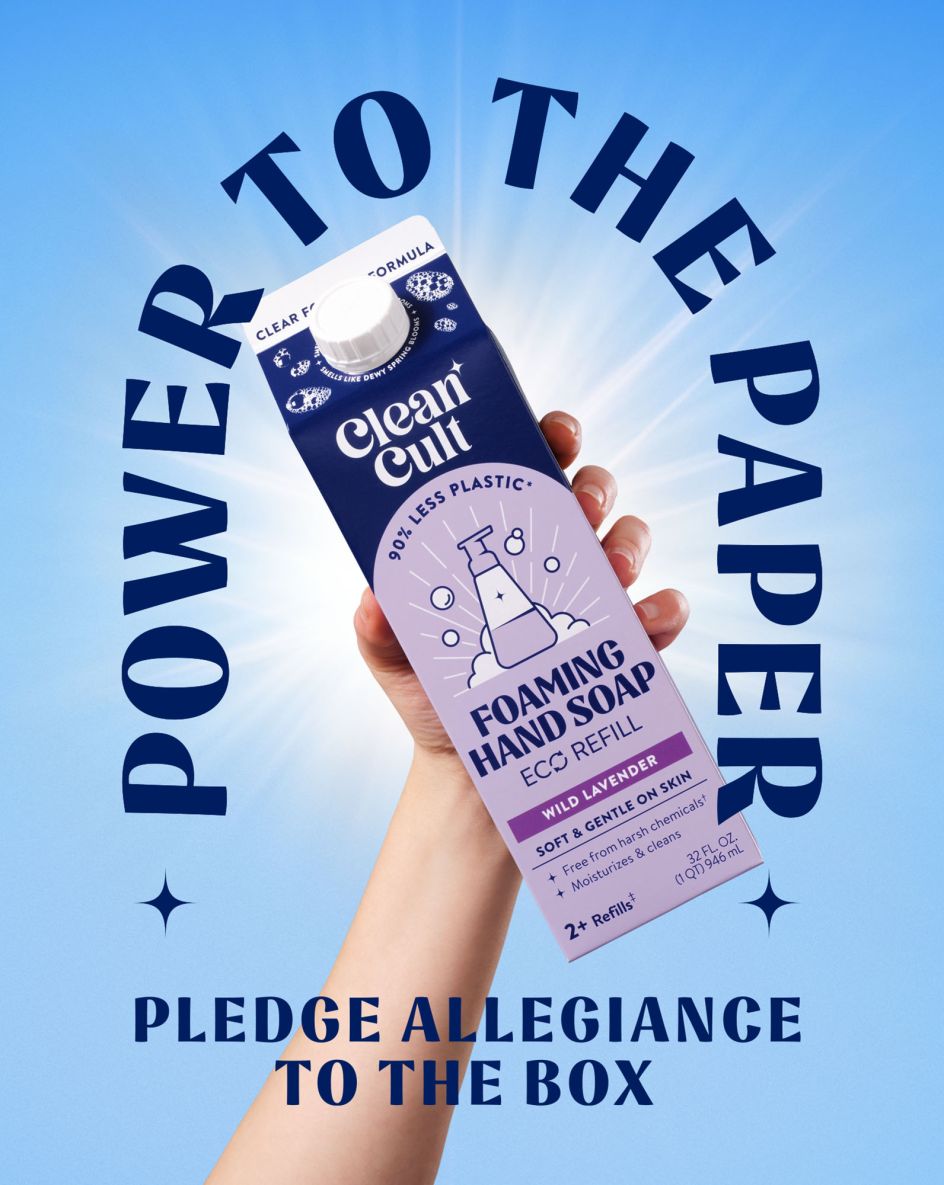
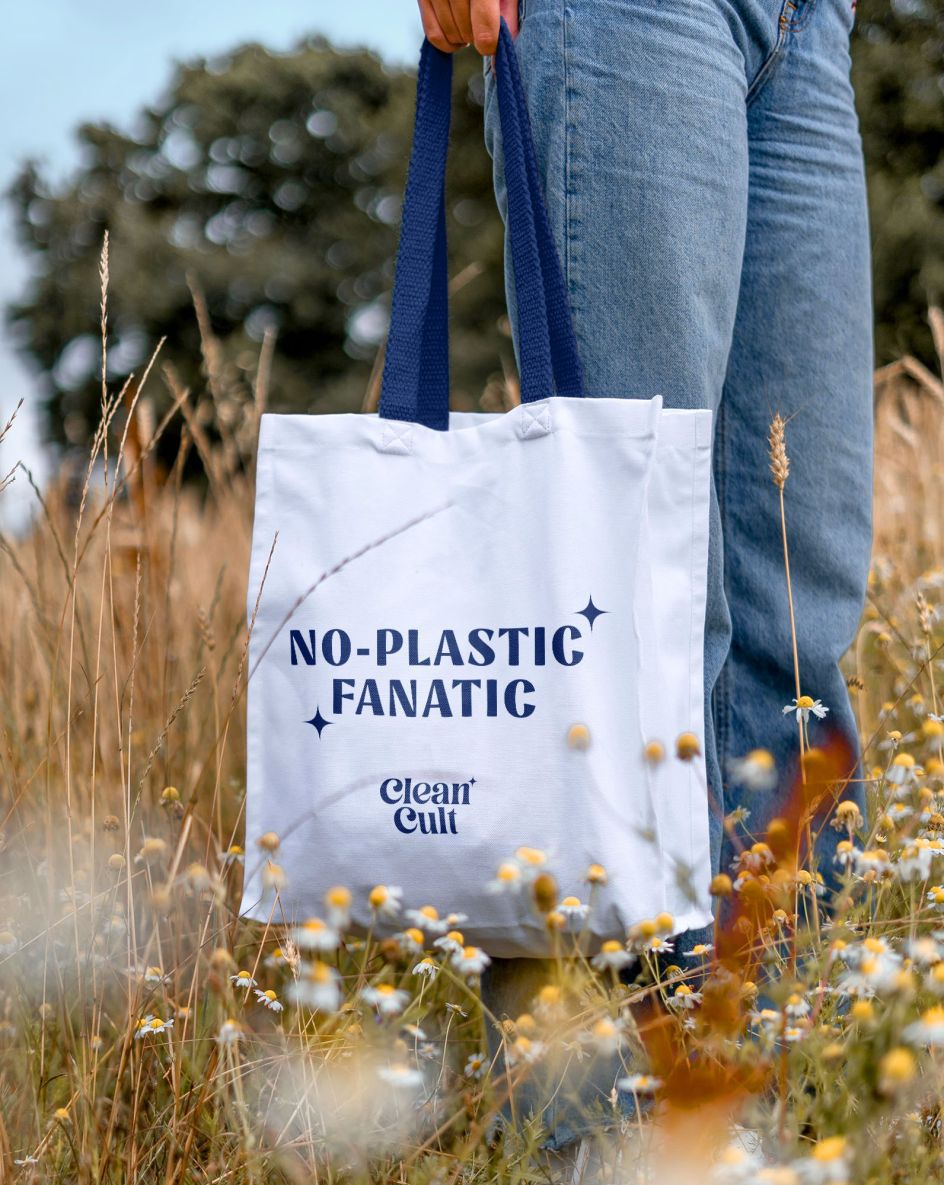
"There's a lot to communicate, but the brand is consistently applied across everything, on and off pack: every element has evolved from the same point," says Robot Food founder and executive creative director Simon Forster. "It's all considered and unified. From the perspective of ensuring distinctiveness and building a brand world, that means it's going to be a lot more impactful."
Visual identity
The designers created a visual identity for Cleancult that marries playfulness with a rigorous sense of efficacy. Some distinctive graphic devices are used across all touchpoints – from packaging to posters, the website and social media to billboards – including the Cleancult 'arch', which acts as a window into the brand's world.
The 'ding' – a star-like icon that sits with the brand's striking typography – acts as "the finishing touch, the gleam in the clean," says Natalie. "The 'rays' underscore the brand's positive, aspirational elements, and category icons aid navigation across product ranges where format traditionally plays a part."
The logomark uses an eye-catching, unusual serif font; which is complemented by semi-serif font Nazare for titles and Brandon Grotesque for body copy.
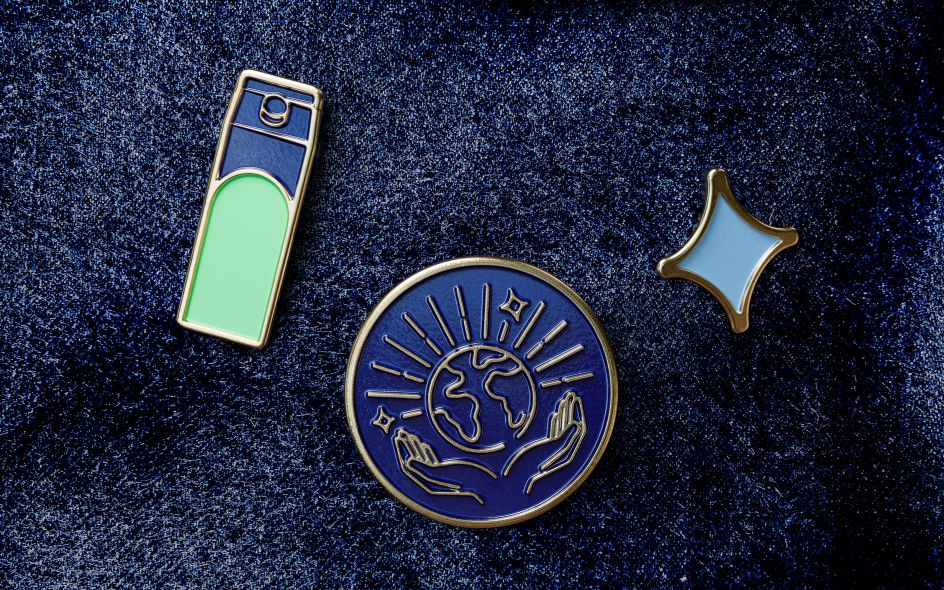
The new bold blue and white primary brand colour palette gives Cleancult a dynamic, fresh look that feels trustworthy and effective, while a suite of five secondary colours helps to communicate scent and add further depth to the brand world.
Packaging
One of the biggest challenges Robot Food faced was the brand's biggest strength and striking differentiator – its format. For many, the carton is more commonly associated with juice and milk rather than cleaning products. It also doesn't allow consumers to see or smell the product before purchase, which is a huge motivator across the cleaning category.
Also, there was no clear connection between the box refills and the refillable glass bottles, causing confusion on the shelves. The team had to find a way to link the two and clearly communicate what's expected by shoppers in the cleaning aisle.
Robot Food's creative solution was to create a central pack icon that heroes each product's refillable glass partner. A bespoke die-cut card format for the refillable was then created to connect the brand, usage and paper-based carton refills together. This gave the refill and refillable a clearer visual connection, ensured a stronger brand imprint across the portfolio and reduced confusion.
The scent is dialled up on the refills with a clear colour system to aid navigation across the range, alongside evocative copy around the lid to help bring it to life. Key efficacy claims and eco callouts appear prominently on the packaging to help highlight the brand's effectiveness and point of difference.




 by Tüpokompanii](https://www.creativeboom.com/upload/articles/58/58684538770fb5b428dc1882f7a732f153500153_732.jpg)


 using <a href="https://www.ohnotype.co/fonts/obviously" target="_blank">Obviously</a> by Oh No Type Co., Art Director, Brand & Creative—Spotify](https://www.creativeboom.com/upload/articles/6e/6ed31eddc26fa563f213fc76d6993dab9231ffe4_732.jpg)








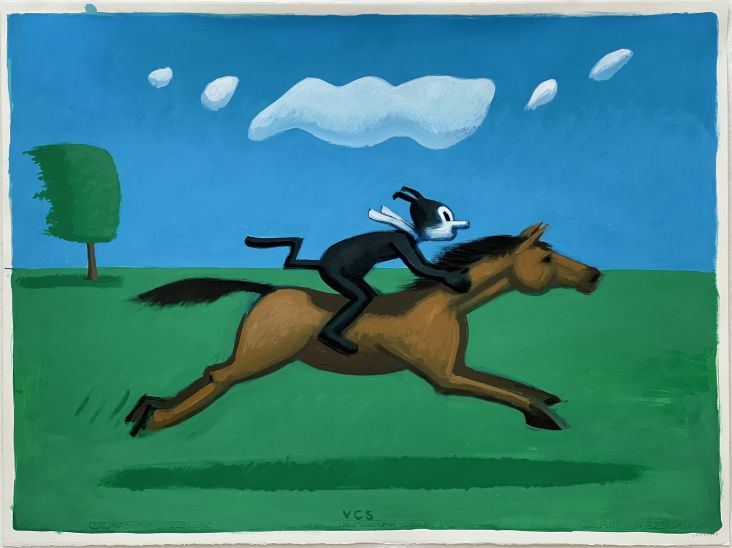
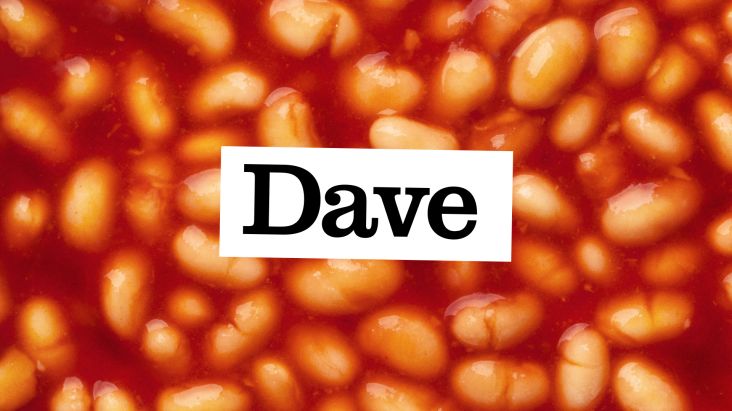
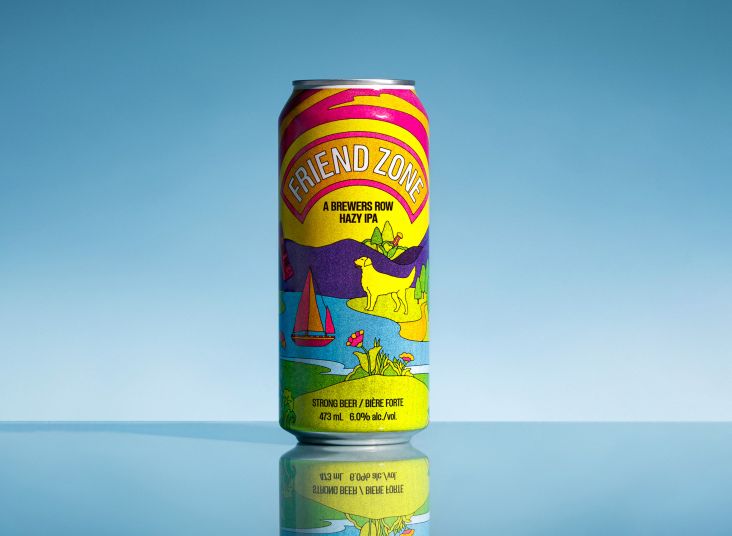

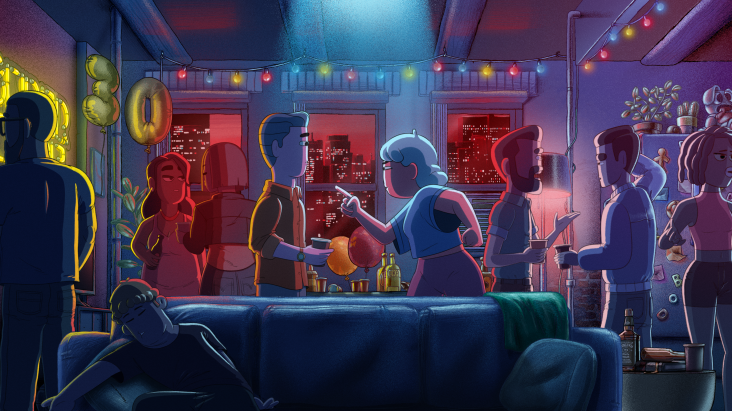
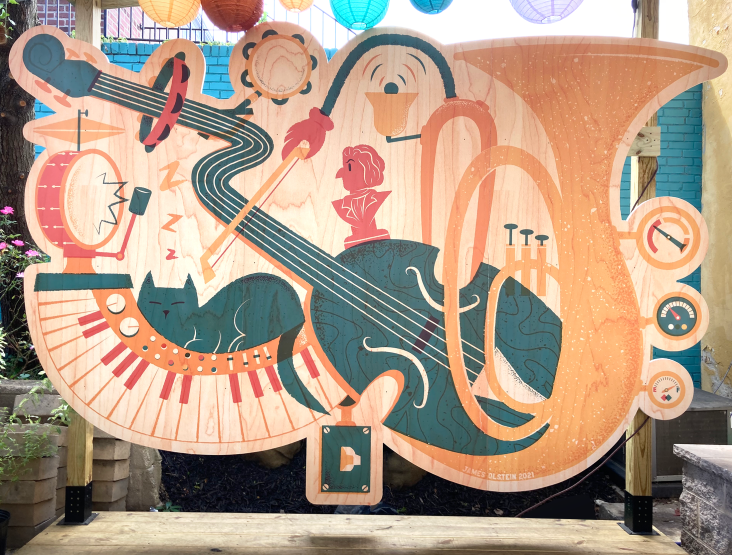
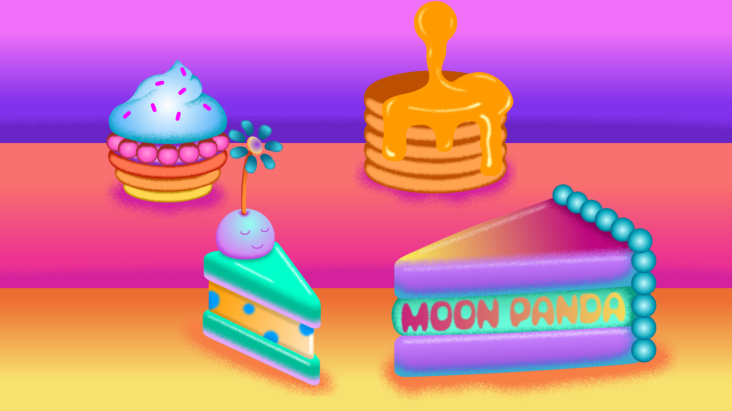
](https://www.creativeboom.com/upload/articles/89/8951aa7210e6c4879105a2a1e578369a82a0e734_732.jpg)
